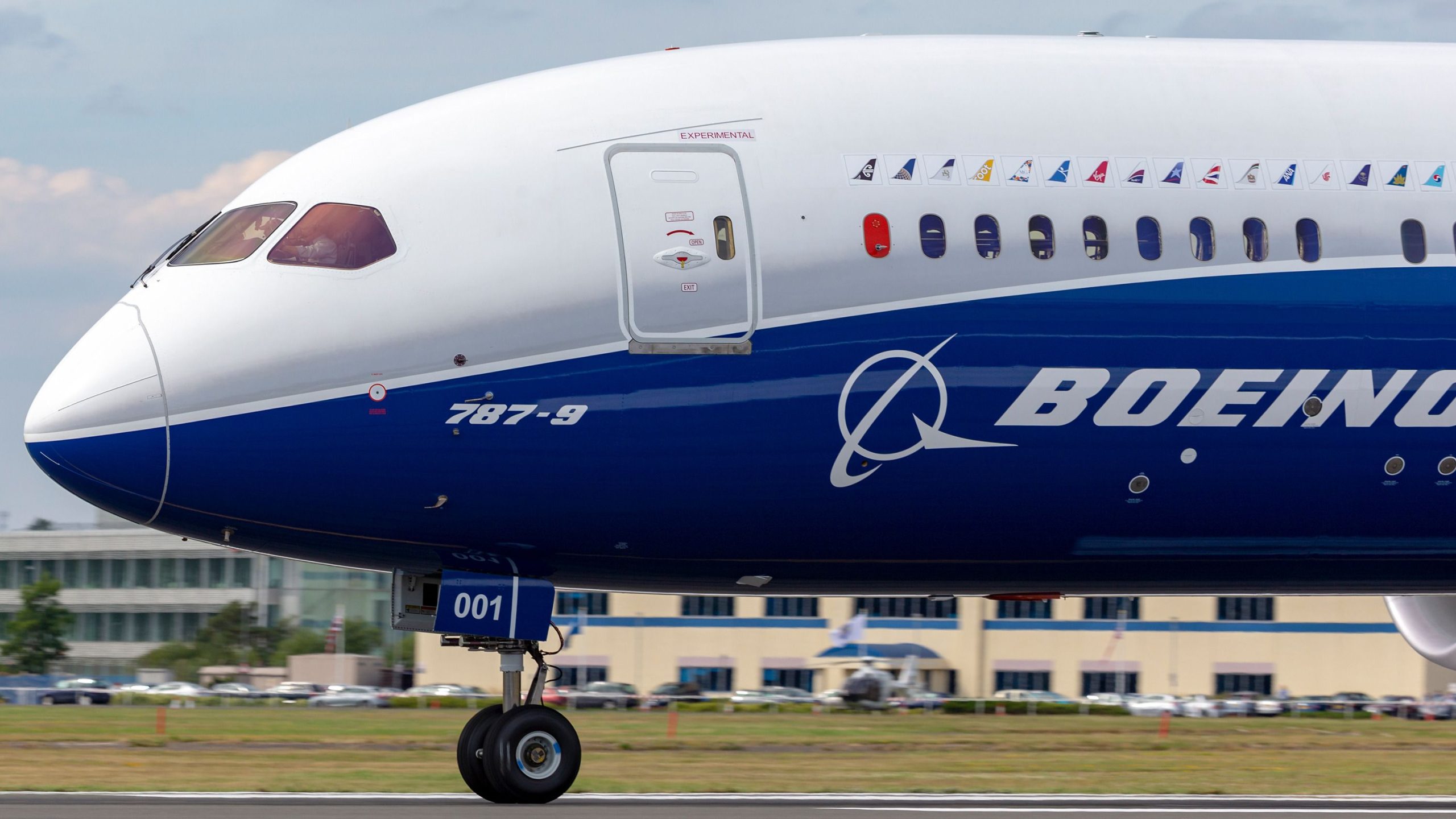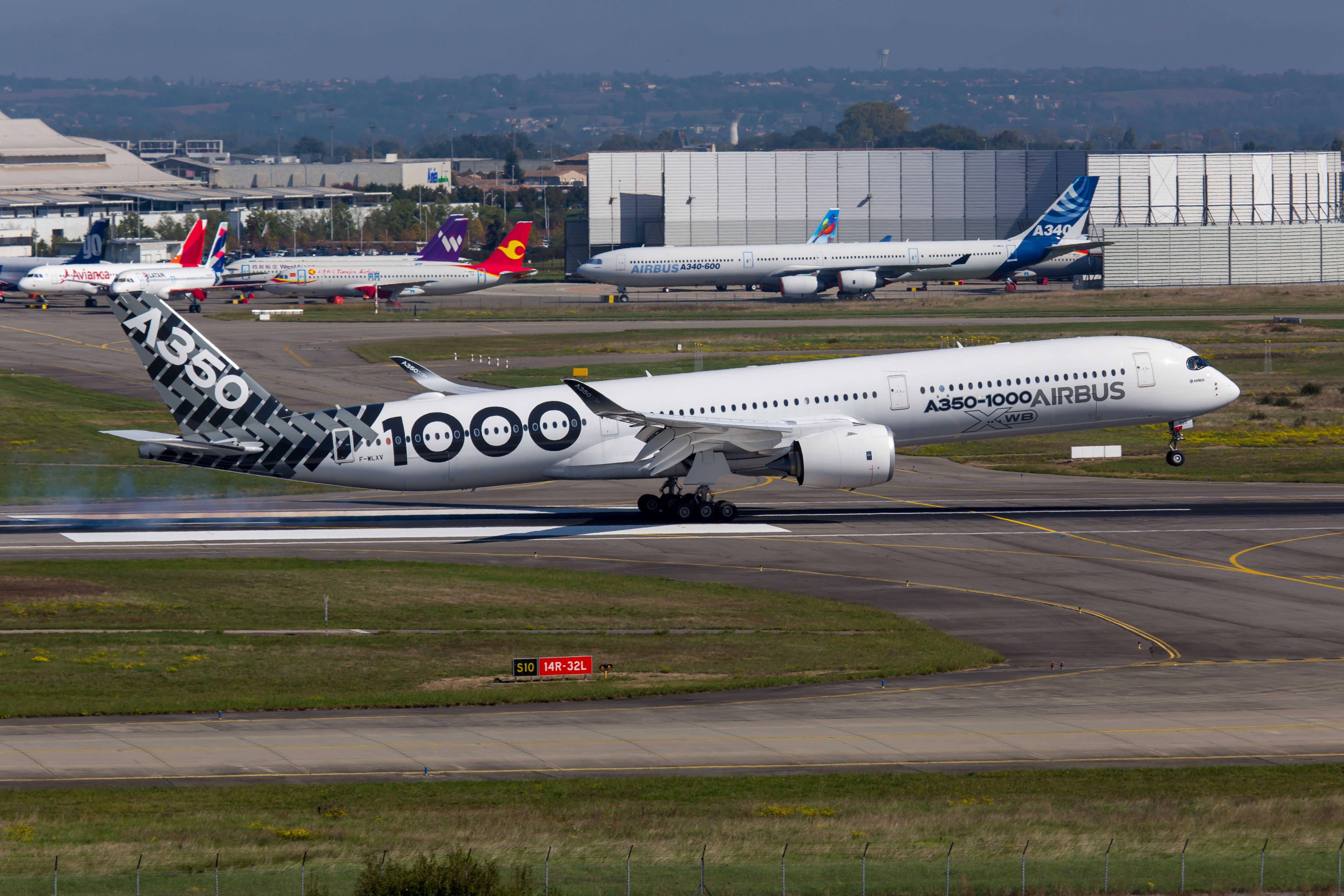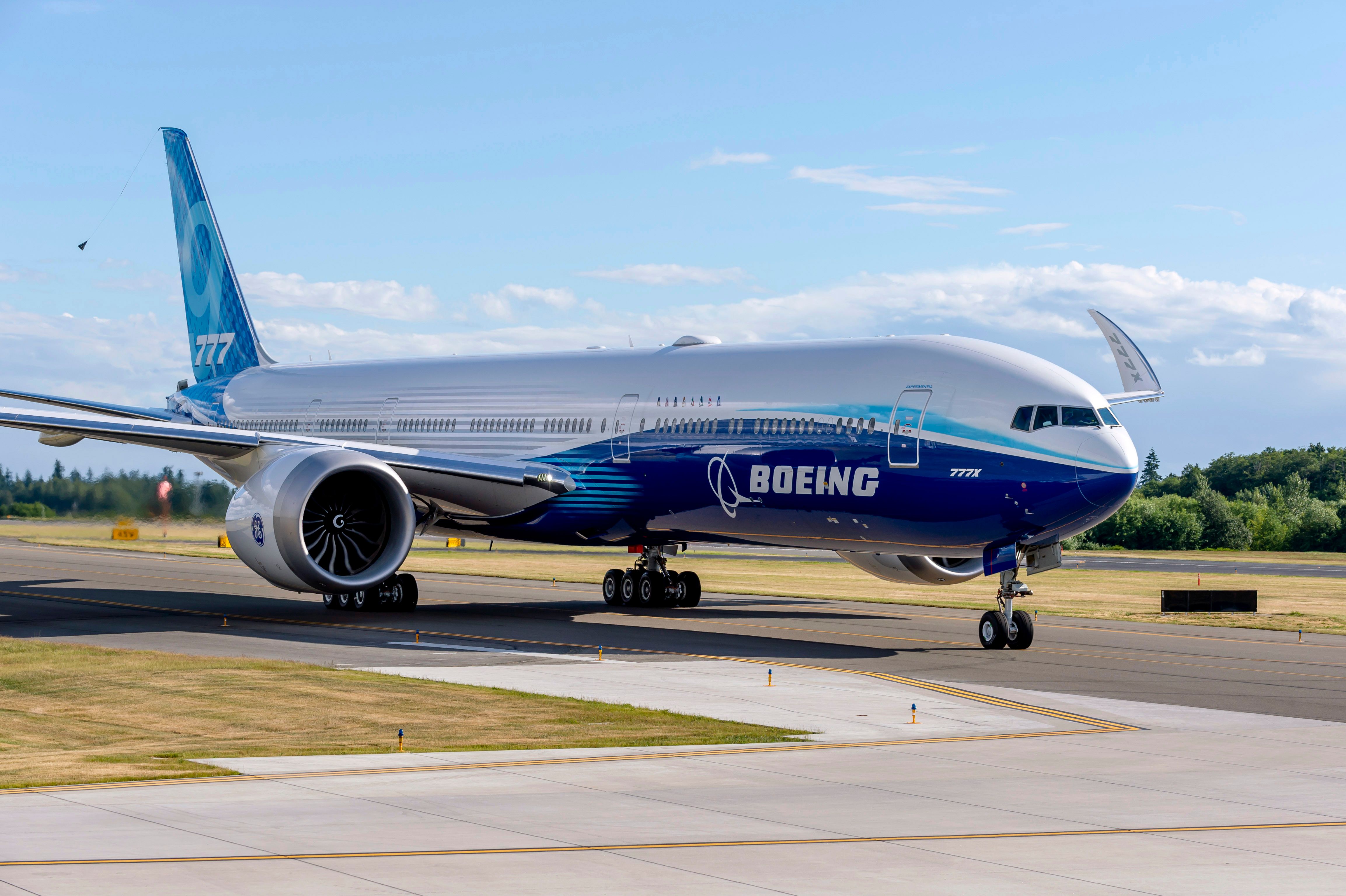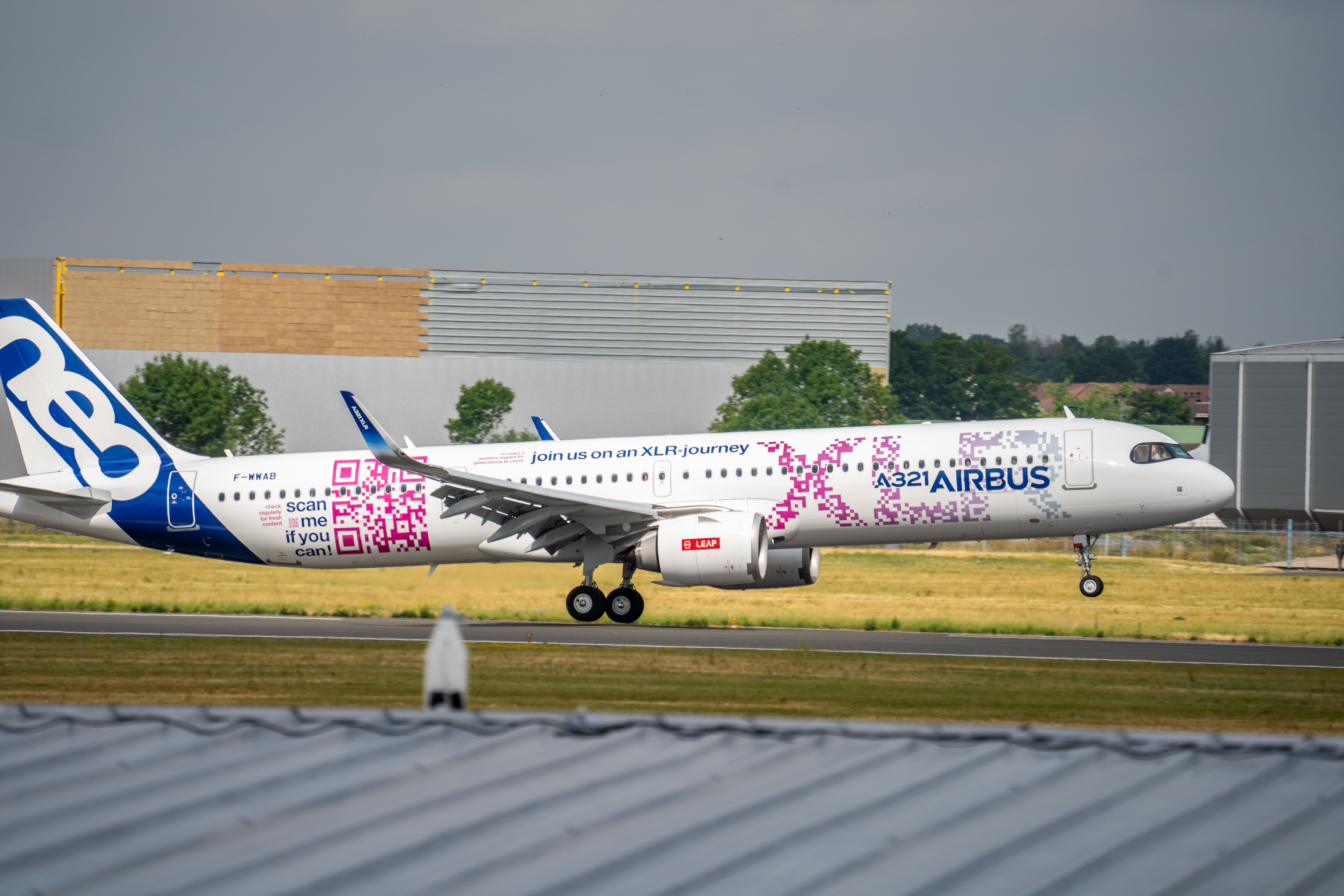Summary
- Composites, such as carbon fiber reinforced plastic (CRFP), offer significant weight savings and better tensility than metals.
- Manufacturers continuously incorporate more composite materials into their aircraft designs for improved performance and cost savings.
- While composites cannot make up 100% of an aircraft’s construction, they offer long-term benefits.
From wood to metal, fuselages have gone through several developments over the last century. There is now a focus on using composites in this field, with some of the most famous plane manufacturers turning to these materials. Composites first emerged with the Boeing 787, which offered massive efficiency gains and enabled new routes globally. This started a revolution in the industry, with Airbus not far behind.
Plenty of advantages
Defined simply, a composite is any material made from two or more sources. Usually, composites are built to be stronger than their parts, and planemakers create these materials to be as light and durable as possible. For reference, approximately half of each Airbus A350 and 787 is made of composites.
As we discussed in detail, the key benefit of carbon fiber reinforced plastic (CRFP, the composite used in fuselages) is its weight savings over aluminum. Being more than 25% lighter than other metals, as well as offering better tensility, composites have been a game-changer for efficiency.
Photo: Skycolors/Shutterstock
By weight, the Boeing 787 is 50% composites (but 80% by volume), 20% aluminum, 15% titanium, 10% steel, and 5% other elements. Composites take up the bulk of the structure. With this move, the aircraft’s overall weight is reduced by an impressive 20%.
And there are not only weight savings to be had. Another benefit is that composite structures can mold into any shape. Therefore, Boeing made the fuselage of the 787 as multiple barrel pieces instead of several smaller aluminum panels that need to be eventually connected.
Crucial materials
Airbus was quick to follow up with its own competitor widebody, also employing CFRP at critical places. But in this case, it’s not only the fuselage that takes advantage of the technology; these materials can be found across the frame. Most of the A350 XWB’s wing comprises lightweight carbon composites, such as its upper and lower covers. The European giant noted,
“In CFRP production, thousands of microscopically thin carbon threads are bundled together to make each fibre, which joins others in a matrix held together by a robust resin to achieve the required level of rigidity. The composite component is produced in precisely shaped sheets laid atop each other and then bonded, typically using heat and pressure in an oven called an autoclave, resulting in a high quality composite.”
Photo: Boeing
However, composites can’t make up 100% of the plane’s construction, with Airbus noting,
“Parts such as fuselage and wings can make extensive use of composites as the required fibre loading. However, parts requiring complex loading will, for the foreseeable future, continue to use metal.”
Long-term benefits
CFRP components are initially more expensive to produce than standard metallic parts, with entire new plants needed to make these parts. However, they can significantly save airlines expenditure on future maintenance. For instance, Airbus shares that an A350 requires 50% fewer structure maintenance tasks. Additionally, the threshold for airframe checks for the plane is 12 years, while the timeframe for the A380 is just eight years.
Ultimately, along with a more robust fuselage, the weight reduction helps airlines carry more people onboard while burning less fuel and flying farther. Both the 777X and A321XLR, the newest variants by each planemaker, are adding new composite materials wherever possible.
Photo: Airbus
In an age when every penny counts for carriers, there are considerable advantages to composite materials. There is still room for growth with the technology involved, and manufacturers continue to progress in this field. So, by the time the decade is over, these materials will feature even more prominently across the industry.
What are your thoughts about the use of composite materials on aircraft? How do you see the technology developing this decade? Let us know what you think of the prospects in the comment section.




